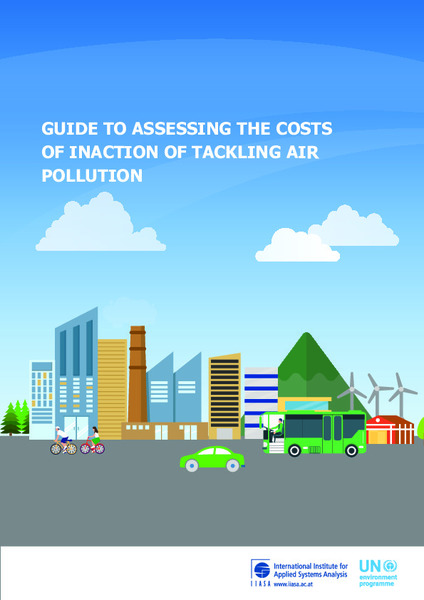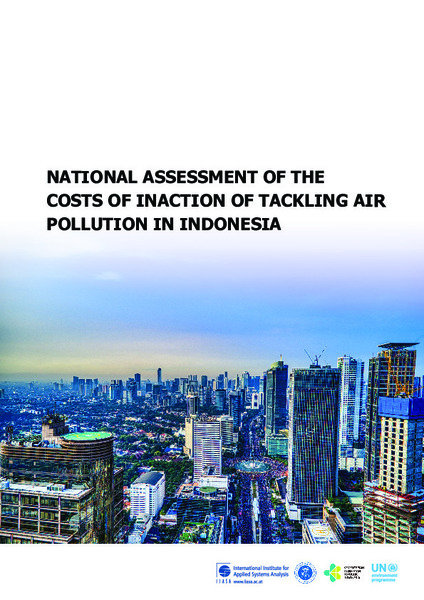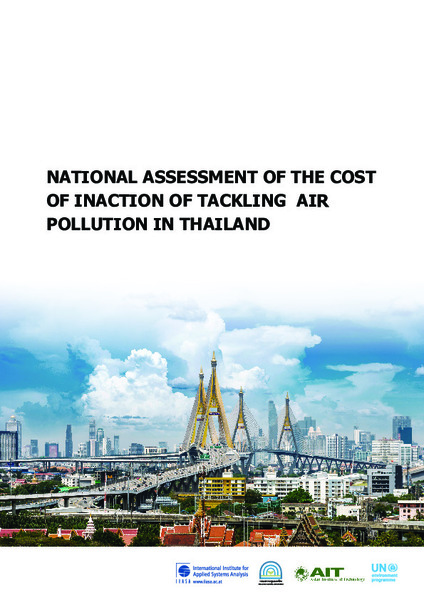Browsing Knowledge Repository by Author "Klimont, Zbigniew"
Now showing items 1-5 of 5
-
Assessment of the Cost of Inaction of Tackling Air Pollution in Cambodia
International Institute for Applied Systems Analysis; United Nations Environment Programme (2023-06)Through quantifying the costs of not acting on air pollution, this assessment aims to increase the evidence base to support policymakers and decision makers in Cambodia to take further action and prioritize ambitious ... -
Chapter 6. Bridging the Gap: The Role of Short-lived Climate Pollutants - The Emissions Gap Report 2017
Klimont, Zbigniew; Shindell, Drew (United Nations Environment Programme, 2017)This chapter outlines the opportunities to reduce the emissions gap afforded by limiting emissions of short-lived climate pollutants (SLCPs). This is a topic that has not been included in previous Emissions Gap Reports. -
Guide to Assessing the Costs of Inaction of Tackling Air Pollution
International Institute for Applied Systems Analysis; United Nations Environment Programme (2023-05)This document provides up-to-date guidance to ASEAN Member States on conducting and using an assessment of the costs of inaction of tackling air pollution based on rigorous scientific methods and best available data. Such ... -
National Assessment of the Cost of Inaction of Tackling Air Pollution in Indonesia
International Institute for Applied Systems Analysis; United Nations Environment Programme (2023-06)This assessment provides a preliminary quantification of the costs of not taking further action on air pollution in Indonesia. It quantifies and compares the potential health costs that come under a scenario in which no ... -
National Assessment of the Cost of Inaction of Tackling Air Pollution in Thailand
International Institute for Applied Systems Analysis; United Nations Environment Programme (2023-05)This assessment provides a preliminary quantification of the costs of not taking further action on air pollution in Thailand. It quantifies and compares the potential health costs in two alternative future scenarios, one ...






